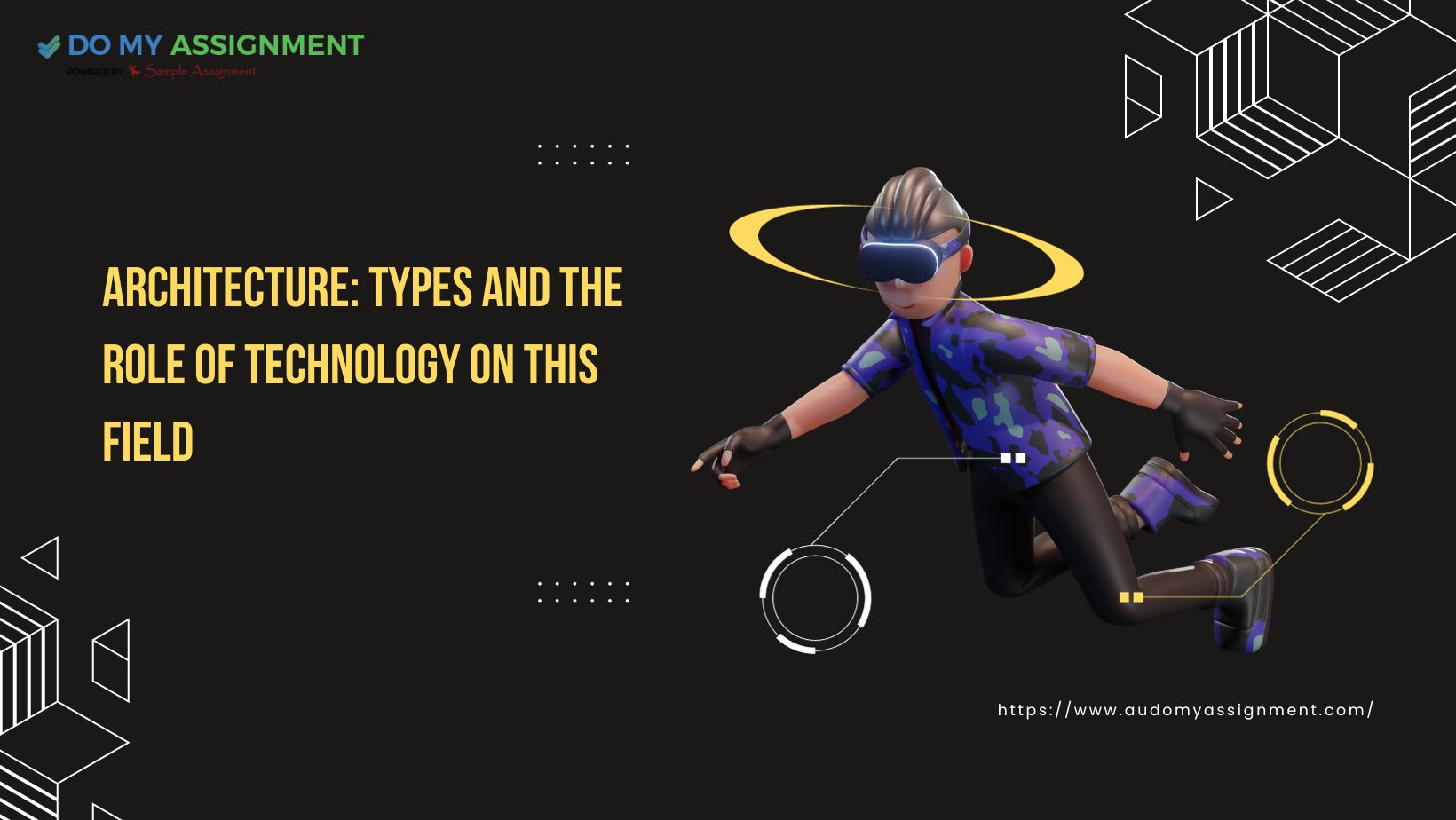Wikipedia, the world’s largest online encyclopedia, has revolutionized the way we access information. As a collaborative platform, it relies on the collective efforts of millions of contributors, including professional Wikipedia contributors who dedicate their expertise to creating and editing articles on various subjects. This comprehensive guide aims to provide aspiring Wikipedia writers with the knowledge and tools necessary to make valuable contributions while upholding the platform’s core principles of accuracy, neutrality, and reliability.
Understanding Wikipedia’s Core Principles
Wikipedia operates on five fundamental principles that govern all content and interactions:
- Wikipedia is an encyclopedia
At its core, Wikipedia is an encyclopedia, aiming to provide factual and comprehensive information on a vast array of topics.
- Neutral point of view (NPOV)
Contributors, including professional writers, must maintain a neutral perspective when presenting information, avoiding personal bias or opinion.
- Verifiability and reliable sources
All information on Wikipedia should be verified through reputable and credible sources, ensuring accuracy and credibility.
- No original research
Wikipedia articles are not a platform for personal theories or unpublished works; instead, they should rely on existing knowledge supported by authoritative sources.
- Be bold
Wikipedia encourages contributors to make constructive edits, improvements, and additions to articles, fostering a collaborative and dynamic environment.
Becoming a Registered Wikipedia Contributor
Aspiring professional Wikipedia writers should begin their journey by registering as Wikipedia editors. The world’s largest collaborative encyclopedia welcomes contributions from individuals across the globe. If you aspire to become a part of this vibrant community and make your mark as a Wikipedia editor, the first step is to register for a Wikipedia account. Registering offers numerous benefits and opens up opportunities to engage more actively in the editing process. Creating a Wikipedia account is simple and free, granting access to a host of valuable tools and features to enhance the editing experience.
Navigating Wikipedia’s Interface
Wikipedia’s user-friendly interface is designed to facilitate seamless navigation and access to a vast repository of knowledge. Whether you’re a new user or an experienced editor, understanding the key features of Wikipedia’s interface is essential for efficient and effective exploration of its content. Familiarity with Wikipedia’s user-friendly interface is crucial for efficient contributions. Learn to navigate search functions, article layouts, discussion pages, and the editing toolbar to maximize your impact.
Let’s delve into the main components of Wikipedia’s interface:
- Wikipedia Homepage
Upon visiting “www.wikipedia.org,” you will land on Wikipedia’s homepage. Here, you can find links to access Wikipedia in different languages, search for articles, and explore featured content.
- Search Bar
Located at the top-right corner of the page, the search bar enables you to look up articles on specific topics. Enter keywords related to the subject you’re interested in, and Wikipedia will display relevant search results.
- Article Title and Content
When you click on an article link from the search results or any other page, you’ll be taken to the article’s main page. The title of the article is prominently displayed at the top, followed by the article’s content. Wikipedia articles are divided into sections, each addressing different aspects of the topic.
- Table of Contents
Longer Wikipedia articles often have a table of contents at the beginning. This feature provides an overview of the article’s sections, allowing you to jump to specific parts of the content quickly.
- Edit Button
The “Edit” button, usually located at the top of the article page, grants access to edit the content of the article. However, editing requires being a registered Wikipedia editor and adhering to Wikipedia’s editing guidelines.
- View History
To access the revision history of an article, click on the “View history” tab. This feature lets you see all the changes made to the article over time, including who made the edits and when.
- Discussion Pages
Many Wikipedia articles have associated discussion pages, accessible via the “Talk” tab. These discussion pages allow editors and readers to communicate, suggest improvements, and resolve disputes related to the article’s content.
- Categories and Links
Wikipedia articles are often linked to categories that group related topics together. At the bottom of an article, you’ll find these categories and a series of links to other relevant articles, providing further reading options.
- Citations and References
Within the article’s content, you may encounter superscript numbers or hyperlinks. These indicate citations to external sources, supporting the information presented in the article. Clicking on these links will take you to the corresponding reference section at the bottom of the article.
Understanding Wikipedia’s Content Guidelines
Comprehending Wikipedia’s content guidelines is essential for maintaining article quality and relevance. Key aspects include:
- Notability
Articles must focus on notable topics that have received significant coverage from reliable sources.
- Writing style
Adherence to Wikipedia’s manual of style ensures consistency and professionalism across all articles.
- Article structure
Familiarize yourself with common article sections, such as introductions, content, and references, for a well-organized presentation.
- Citation and Referencing
Accurate citation and referencing are critical to upholding Wikipedia’s credibility. Learn how to properly add in-text citations and create a reference list using approved citation styles.
- Creating and Editing Wikipedia Articles
For aspiring Wikipedia writers, creating and editing articles is a significant contribution. Understand the process of creating new articles, selecting appropriate topics, and enhancing existing content.
- Collaborating and Communicating with the Wikipedia Community
Being part of the Wikipedia community means engaging in constructive communication with other editors. Participate in discussions, respect differing viewpoints, and seek guidance when needed.
- Dealing with Wikipedia Policies and Guidelines
Navigate through Wikipedia’s policies and guidelines, such as conflict of interest (COI) and the three-revert rule, to ensure ethical and compliant contributions.
- Avoiding Common Pitfalls
Recognize common mistakes and pitfalls that new Wikipedia writers may encounter, such as plagiarism, edit wars, or unintentional breaches of guidelines.
Conclusion
As a professional Wikipedia writer, your contributions to the world’s largest collaborative project can significantly impact global knowledge sharing. By understanding Wikipedia’s core principles, and guidelines, and engaging with the community, you can make valuable and lasting contributions. Remember, Wikipedia’s strength lies in its diverse community of editors working together to provide free, accessible, and reliable information to millions of readers worldwide. Embrace the spirit of collaboration and strive for excellence in your contributions to this remarkable platform.




